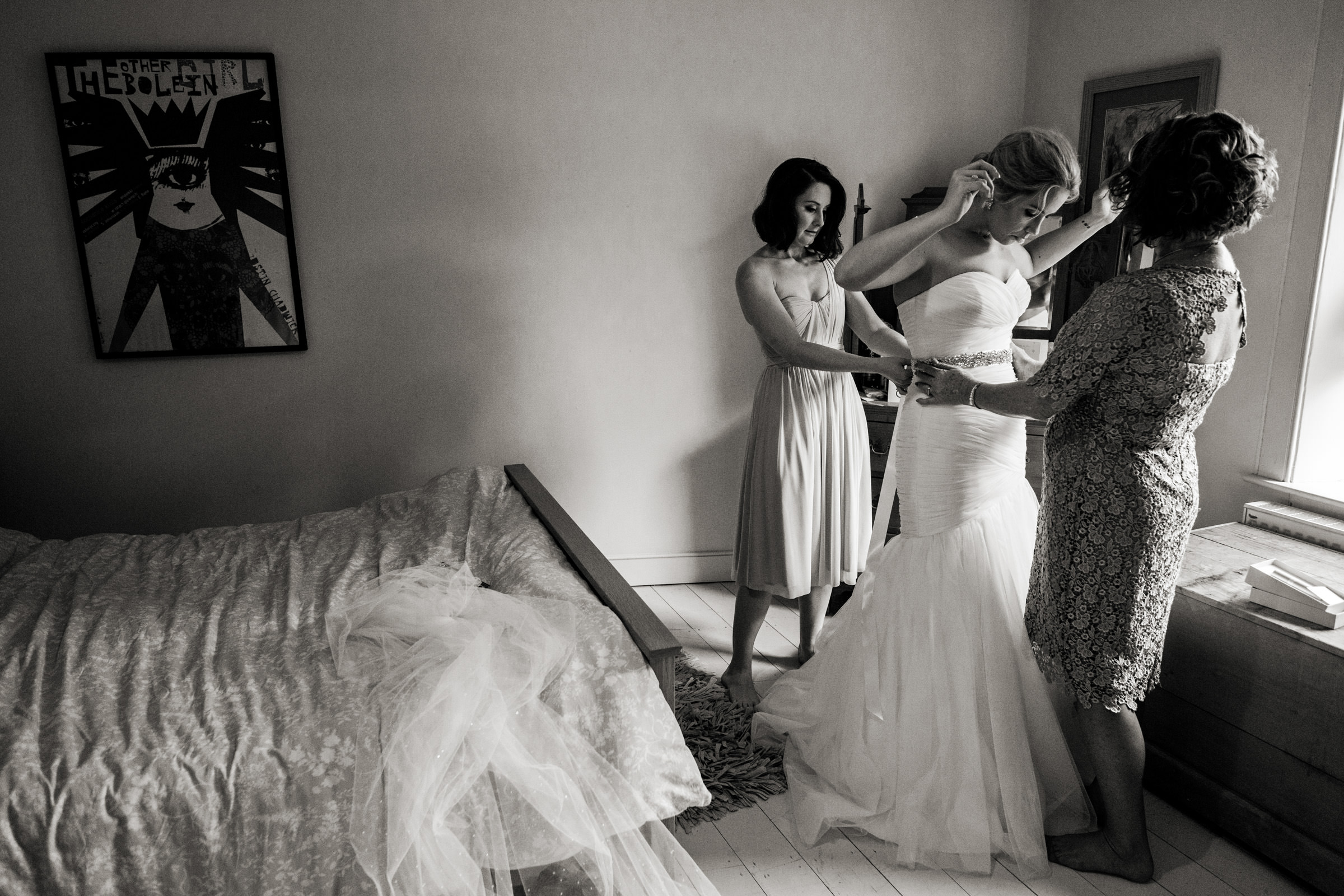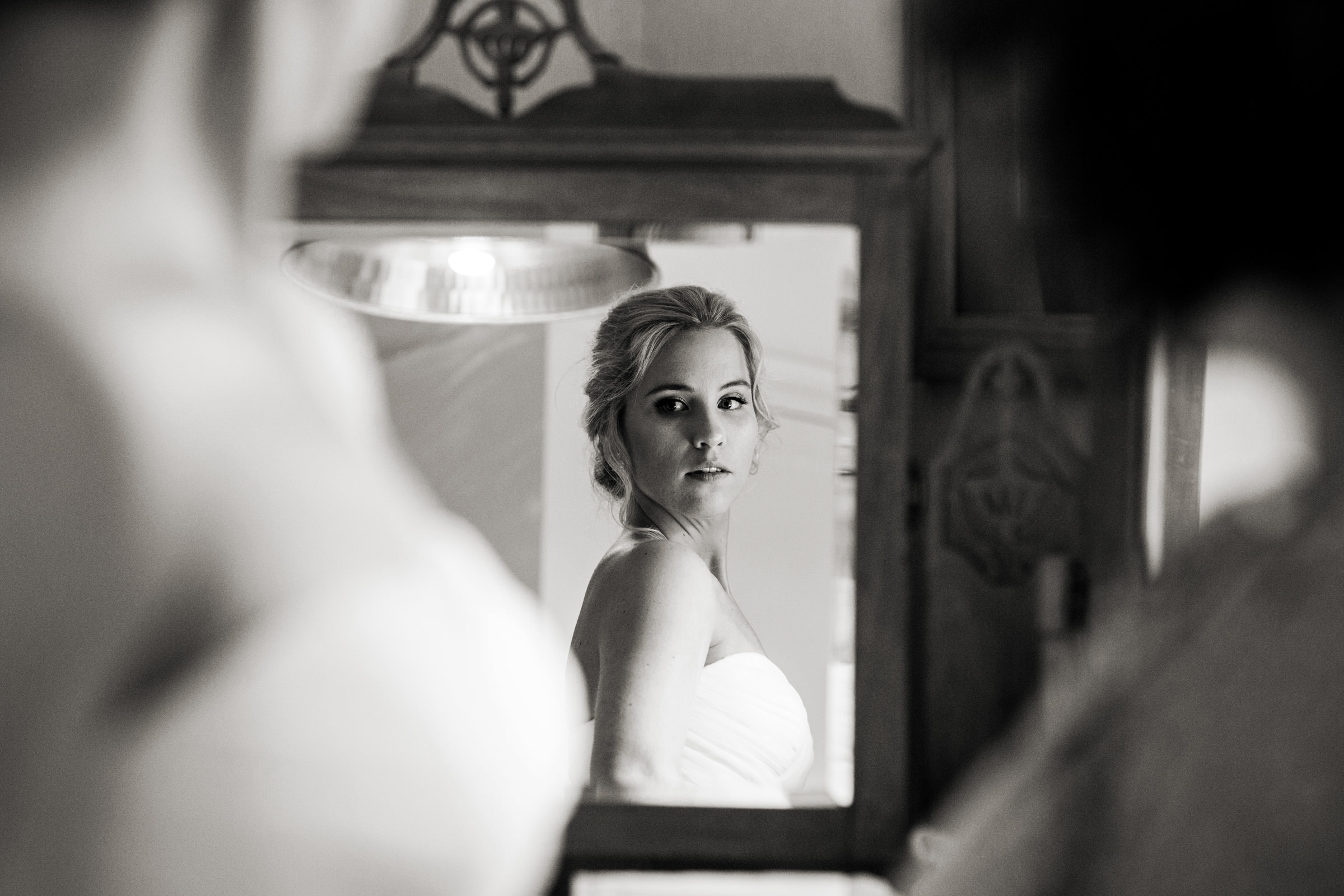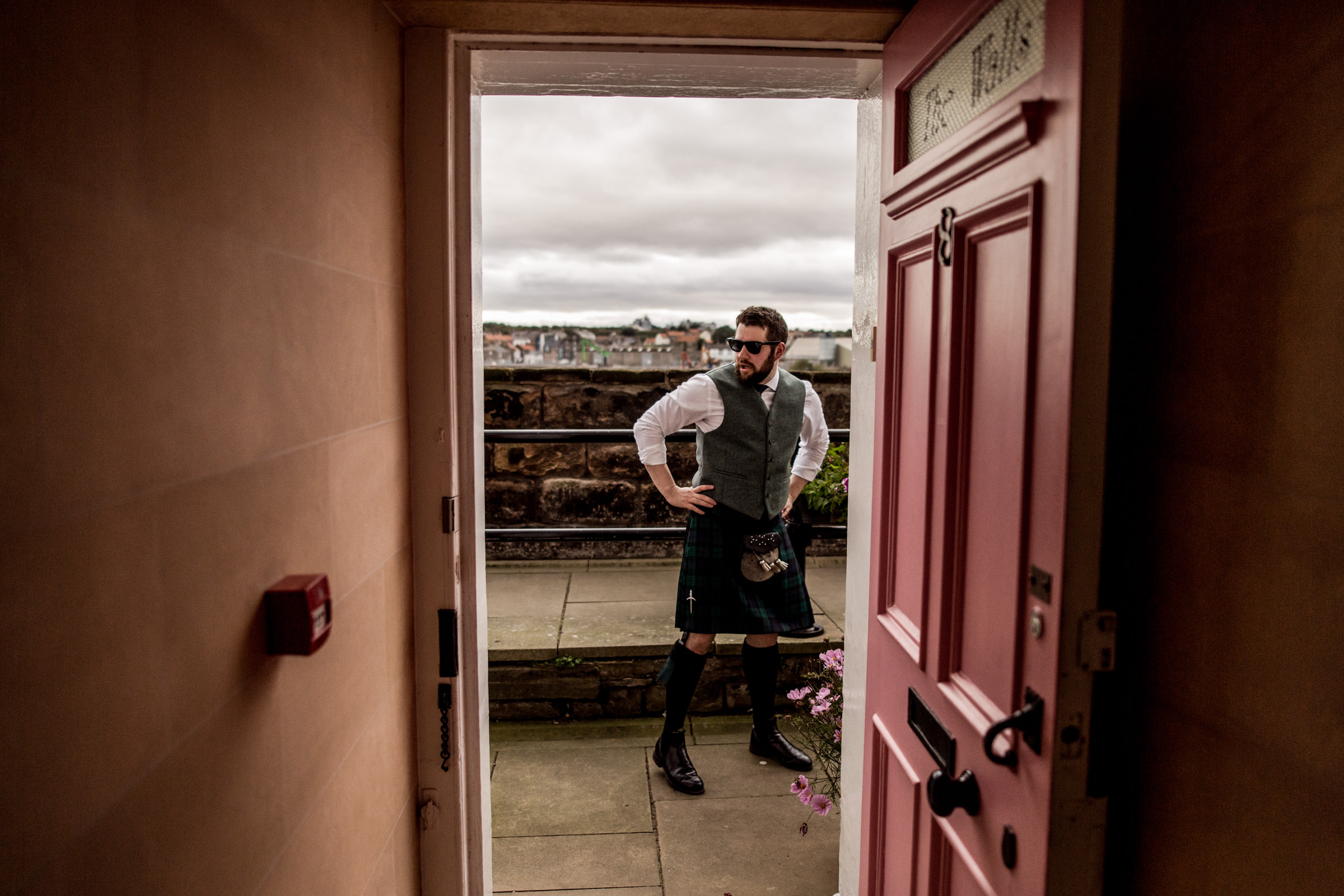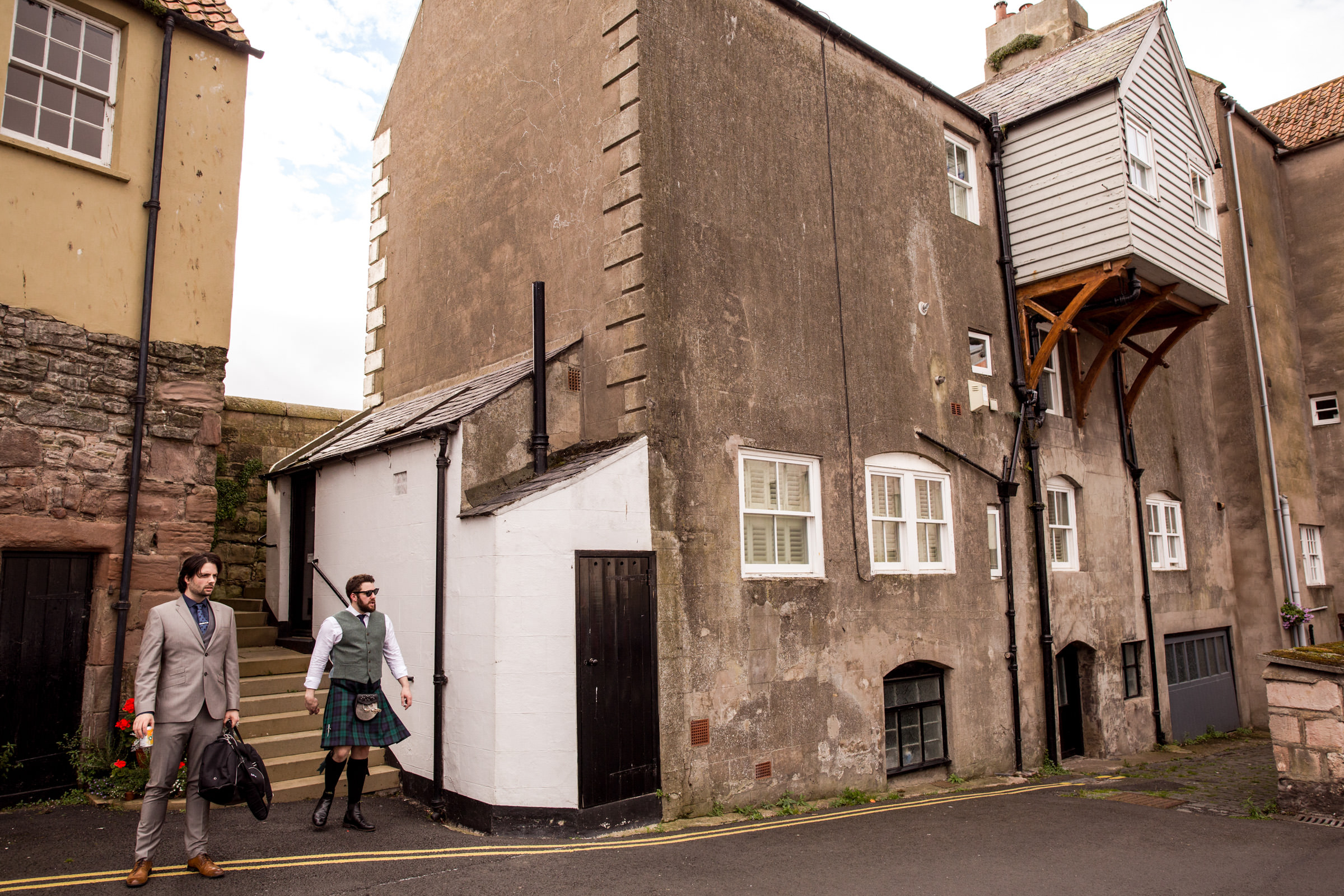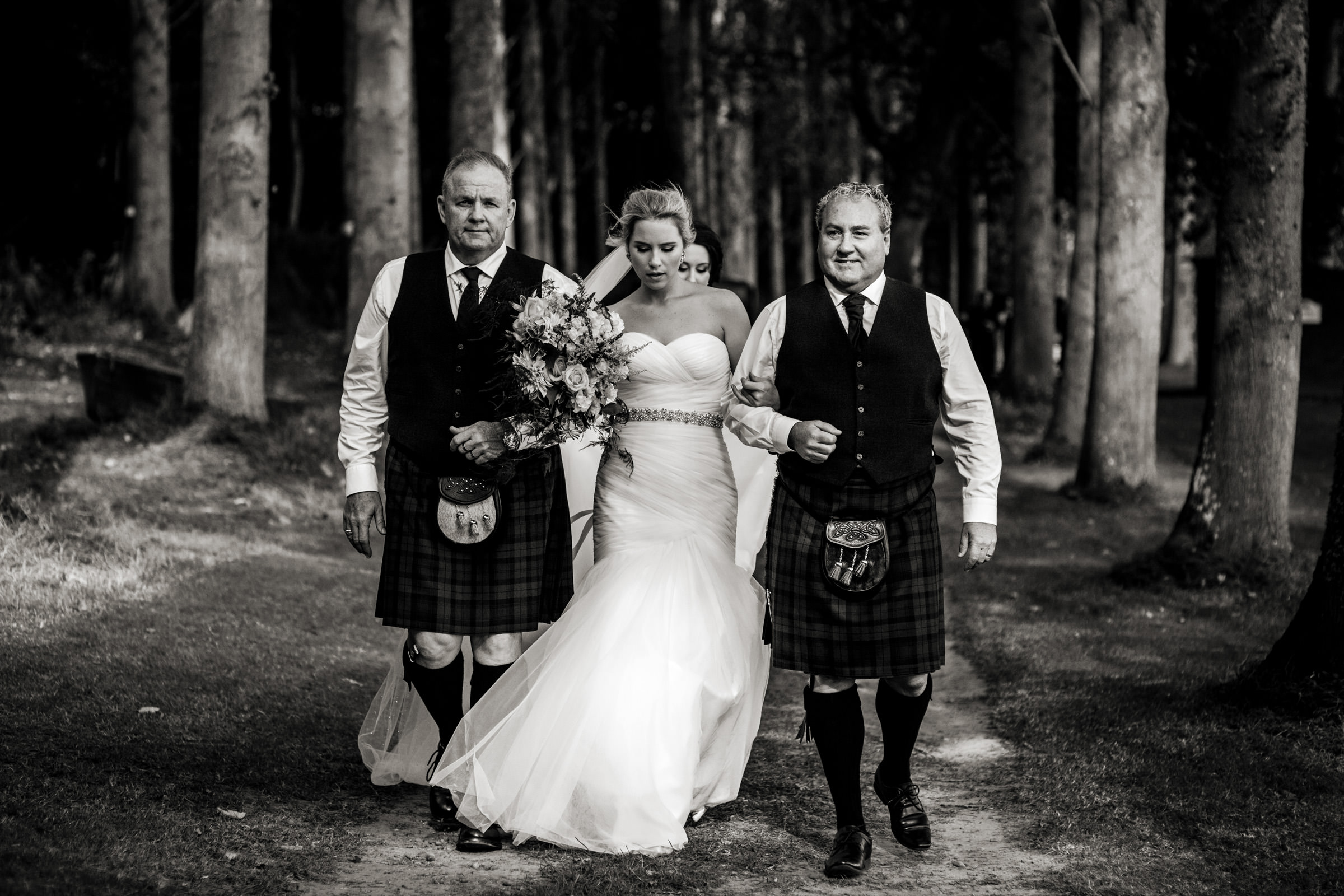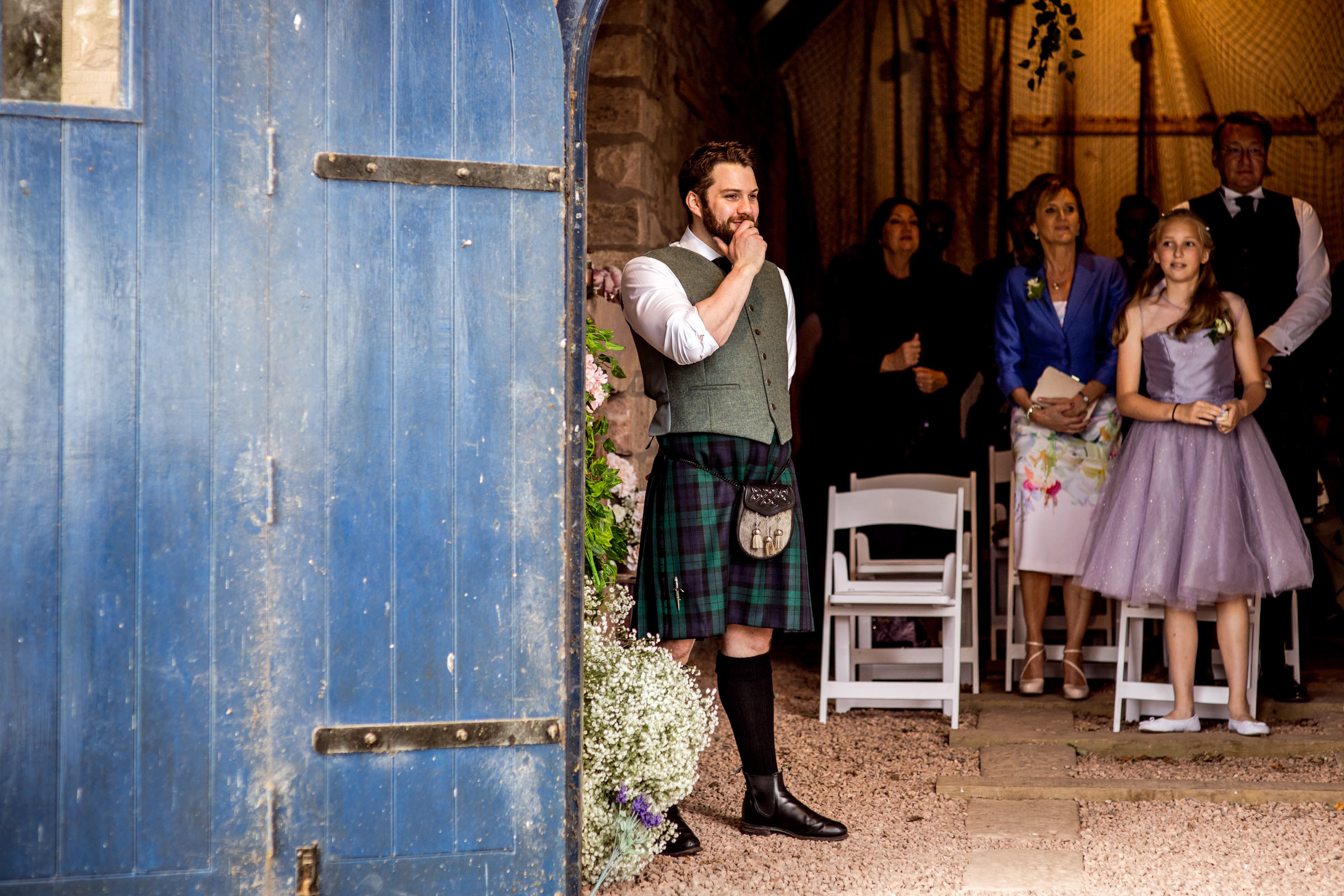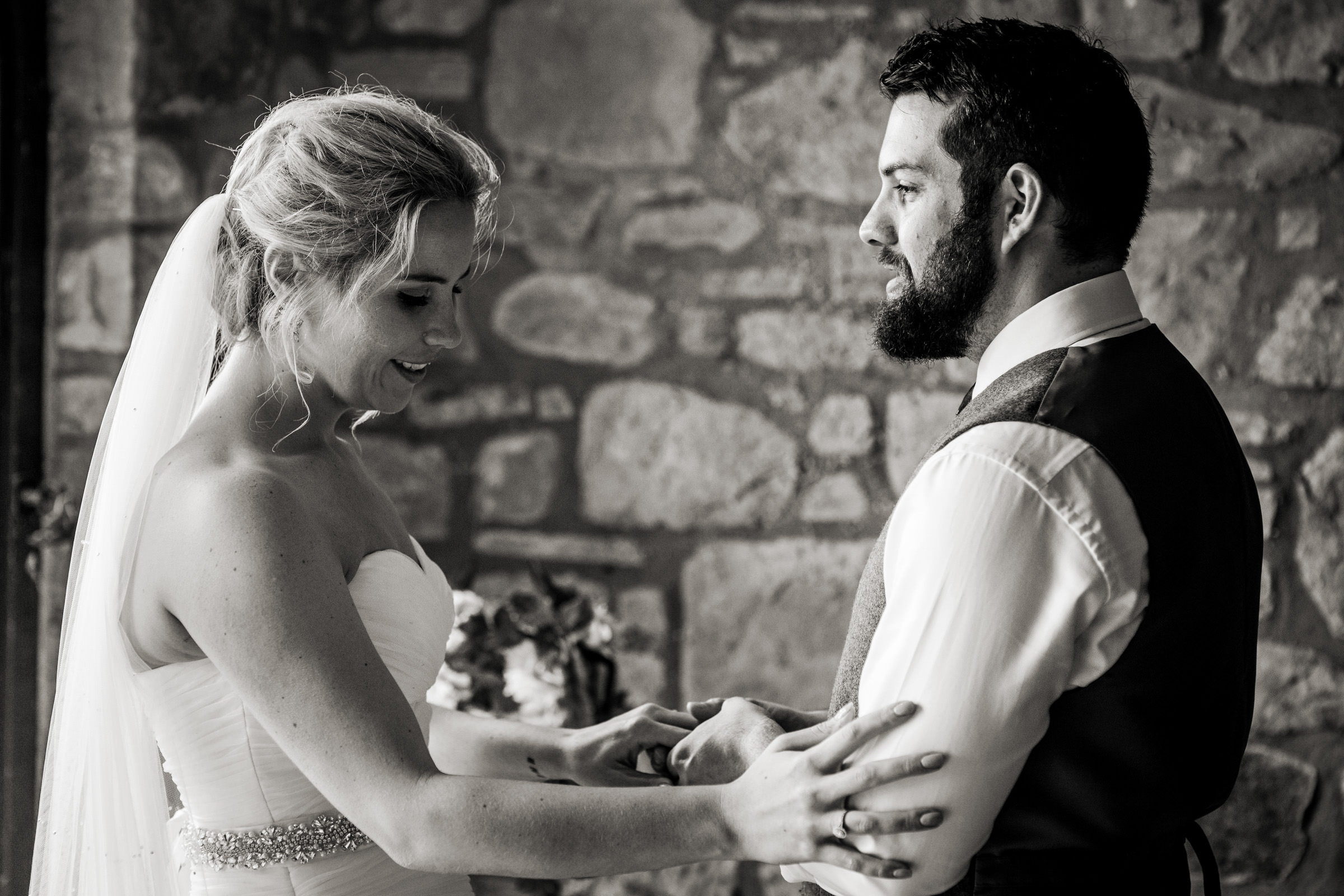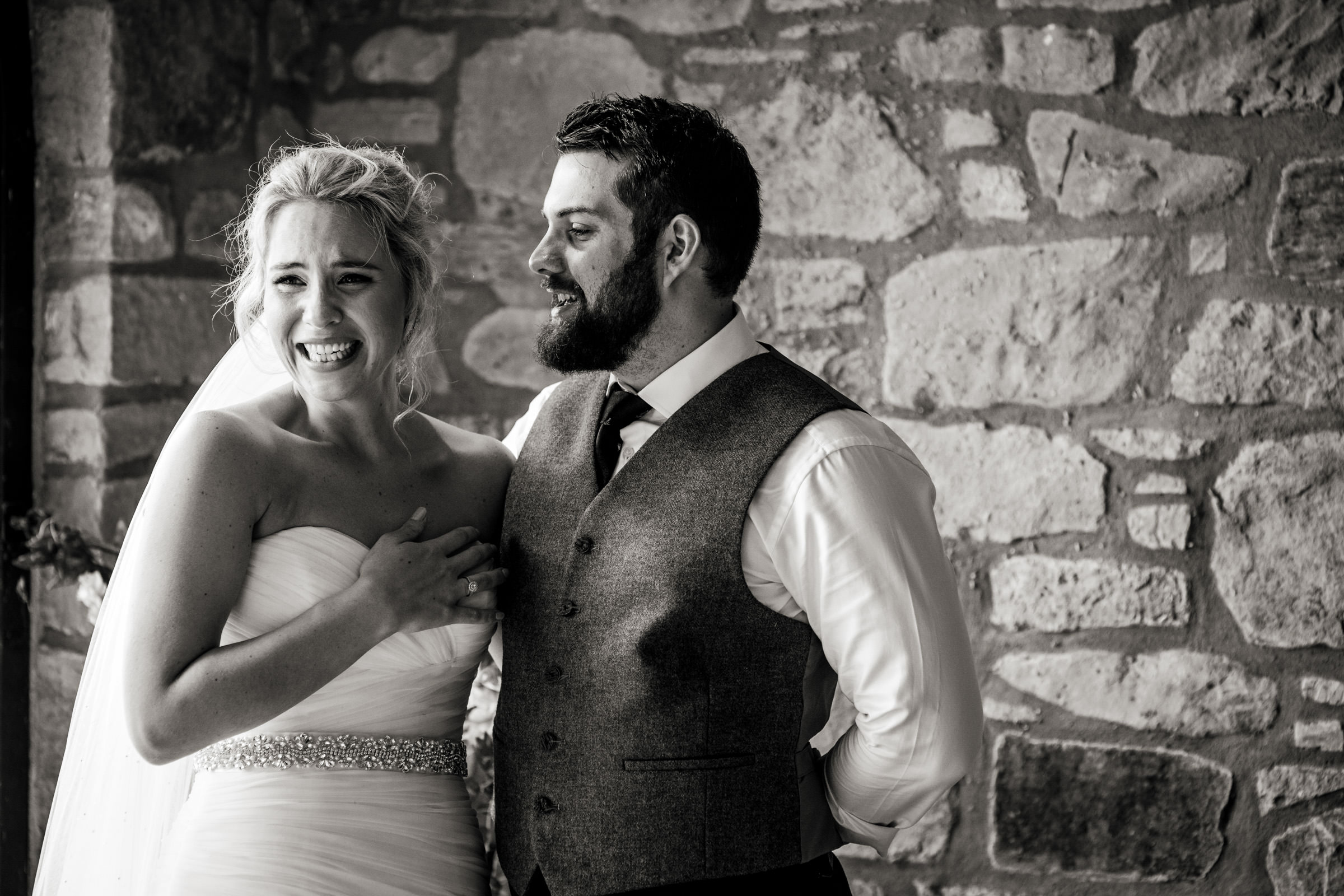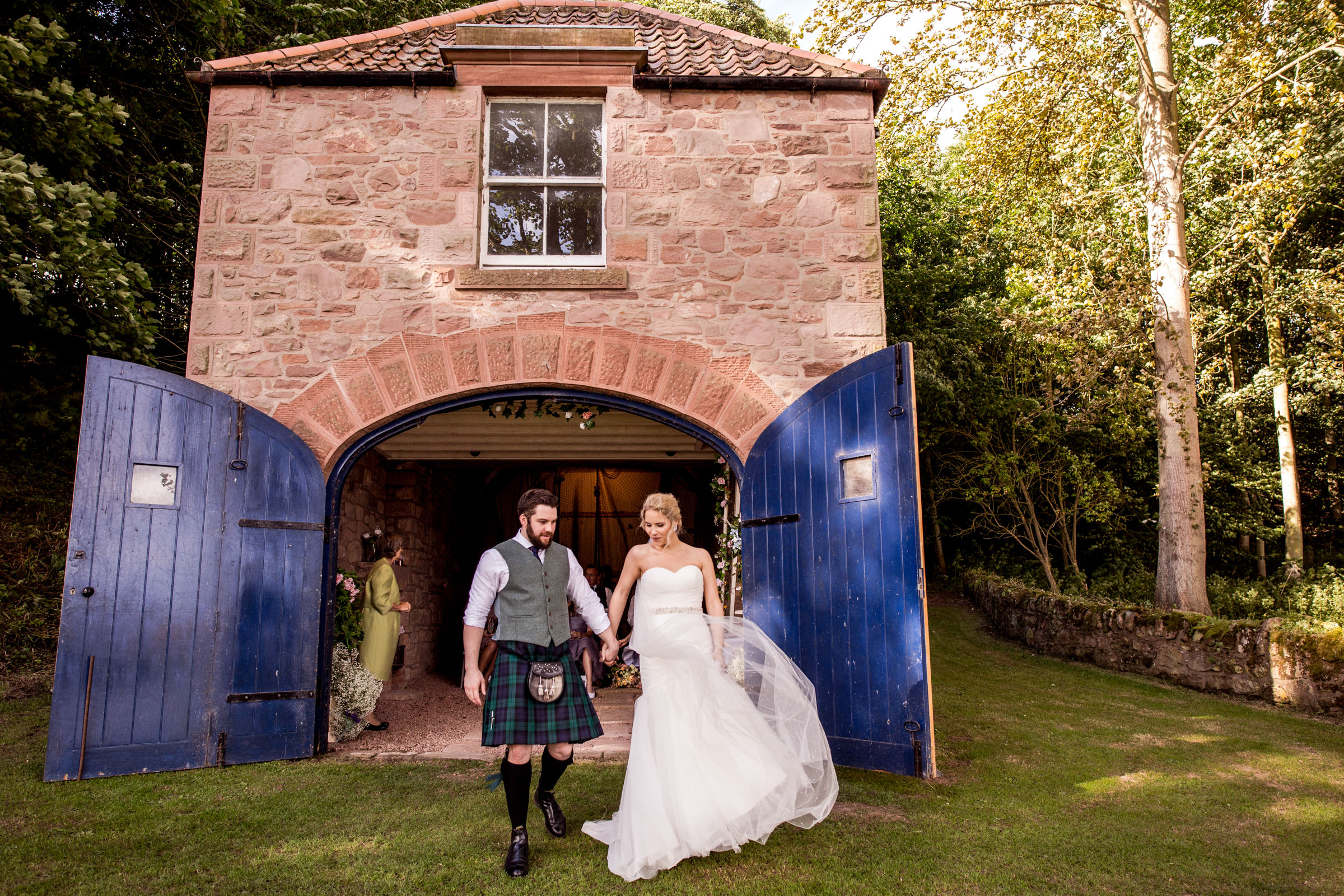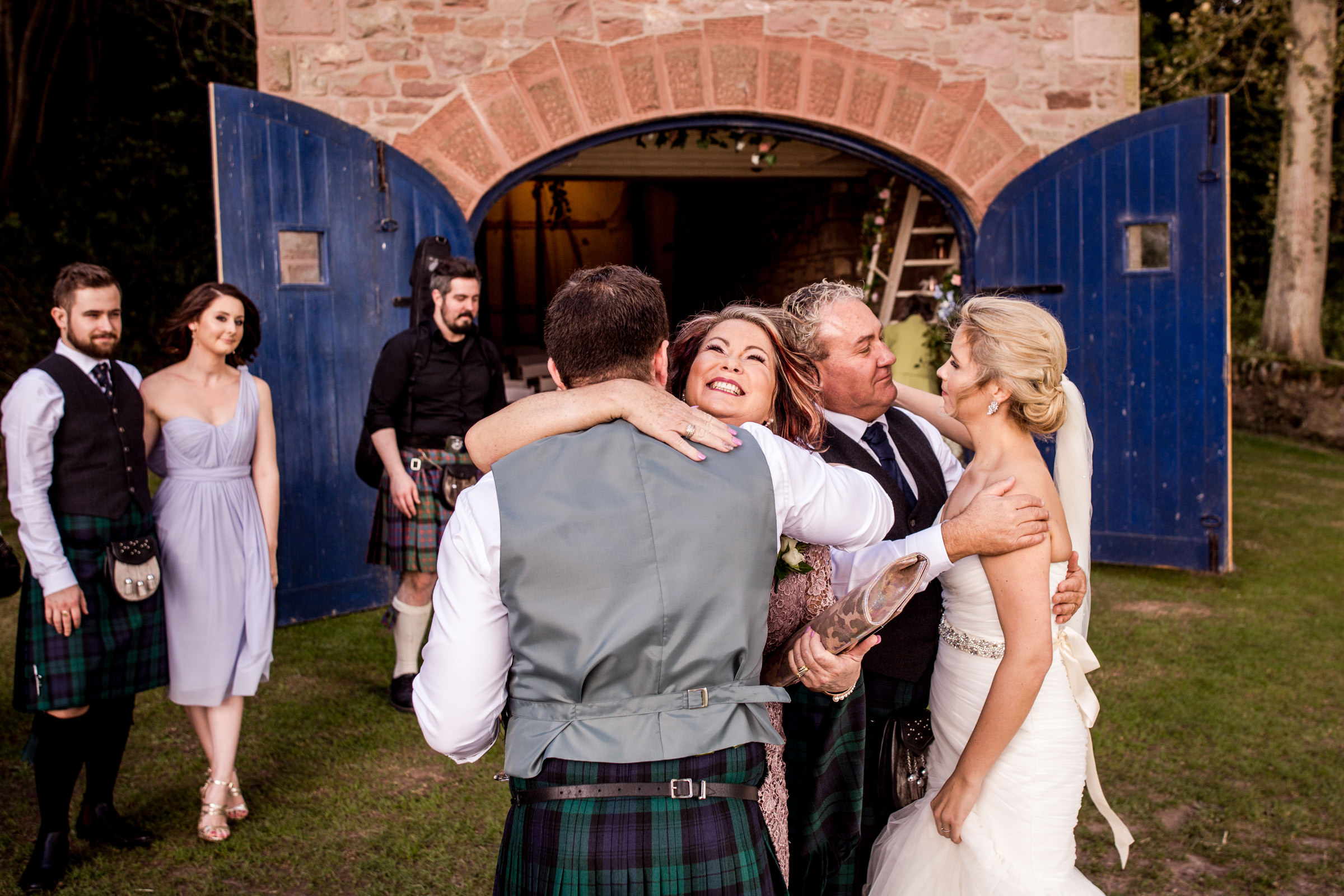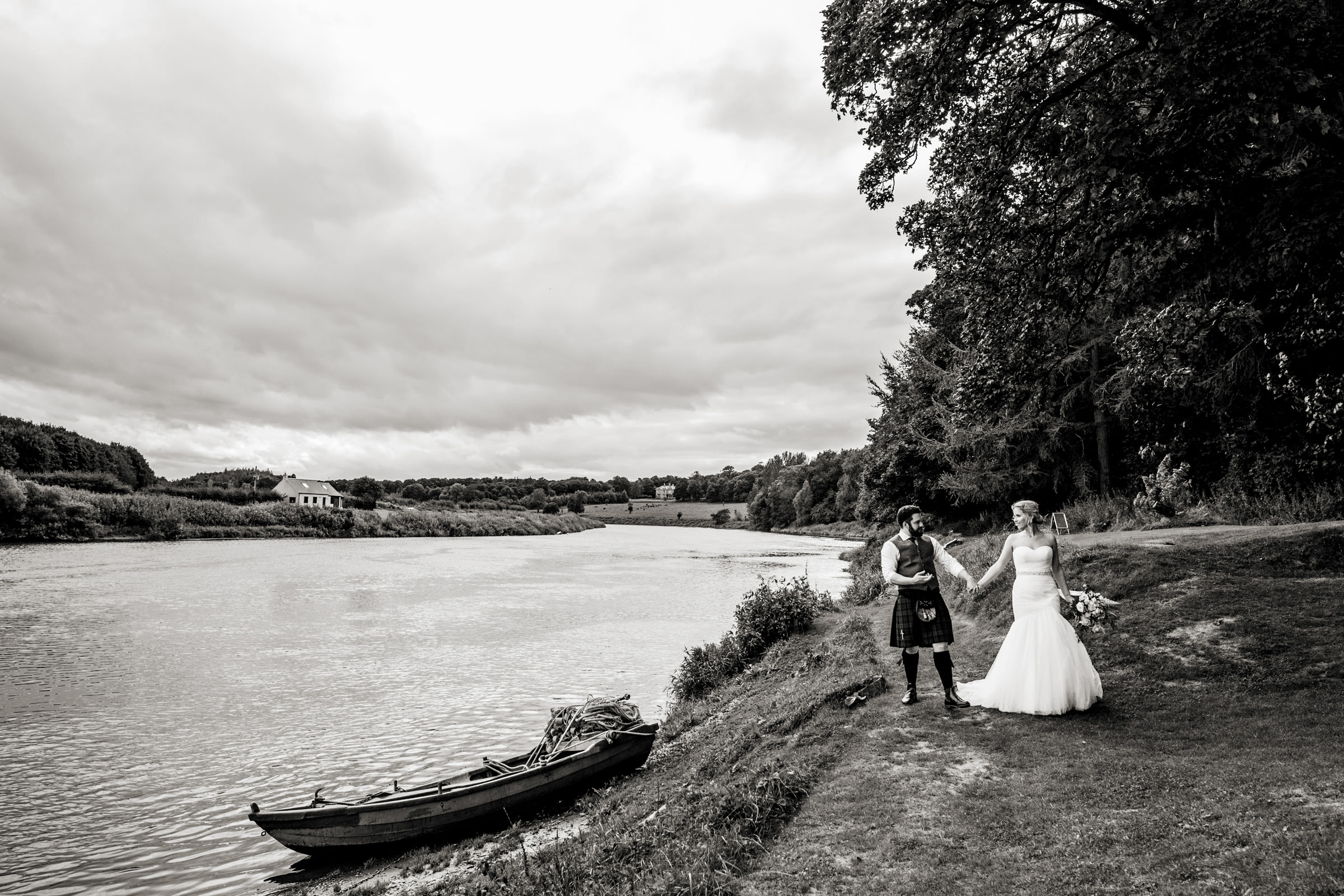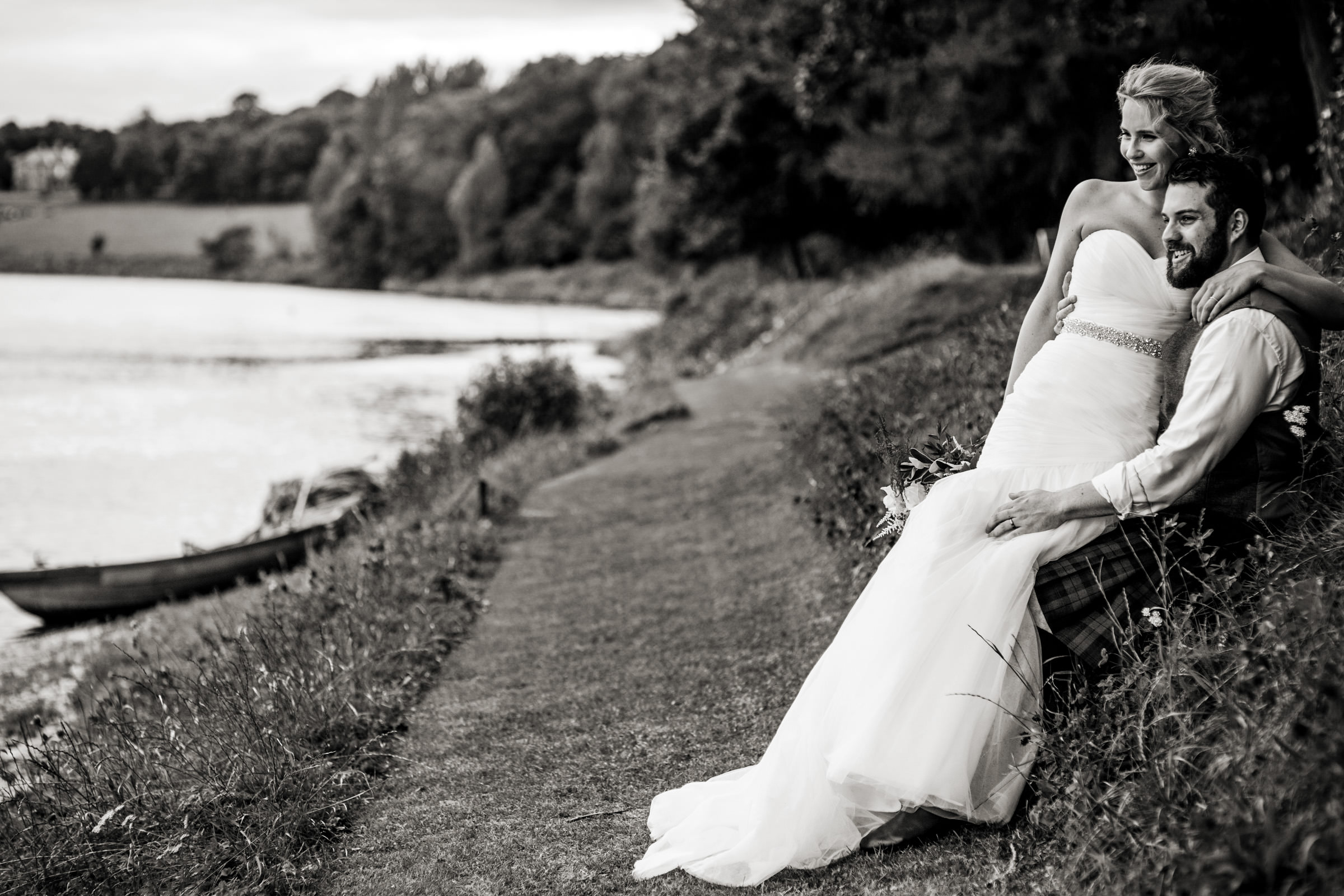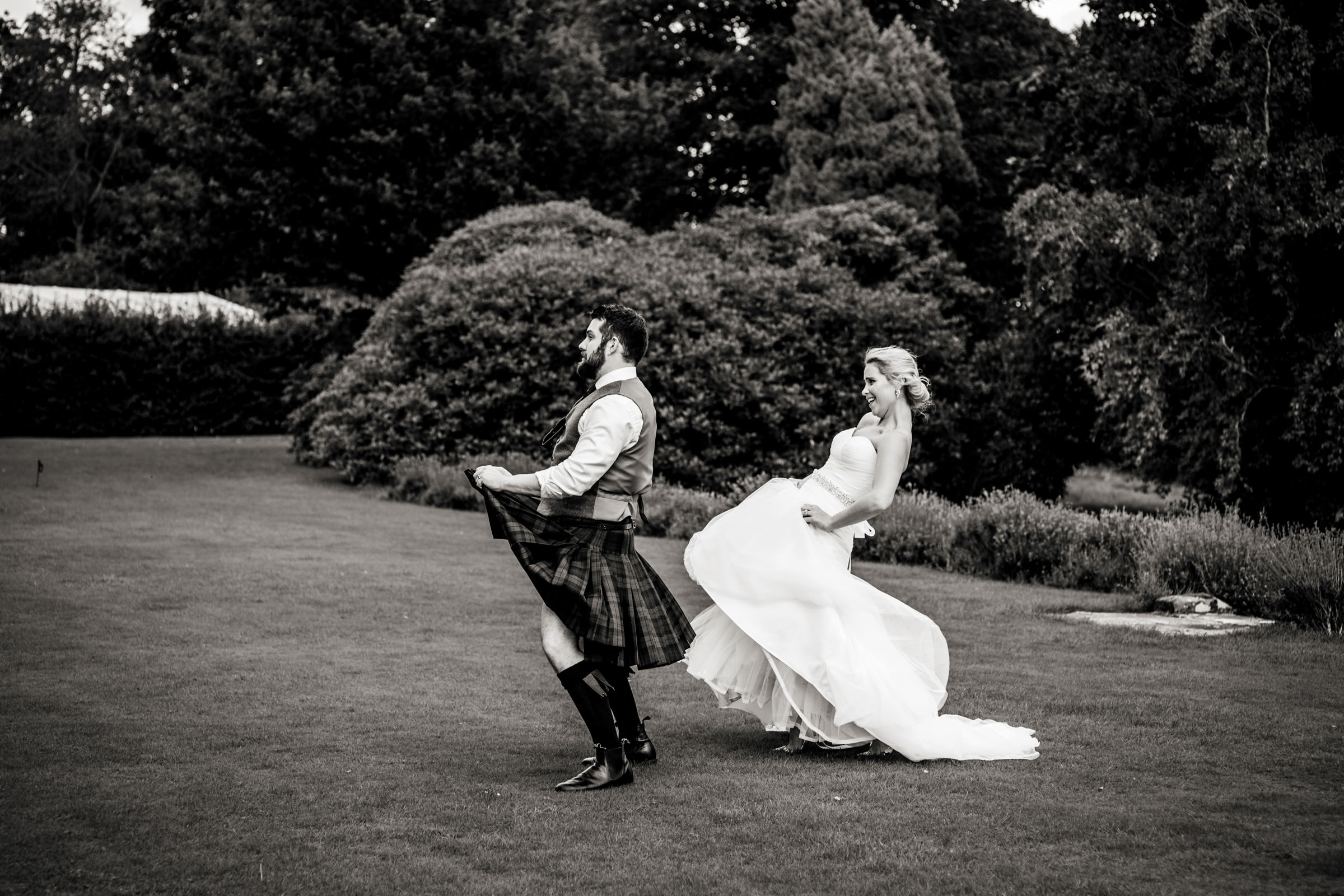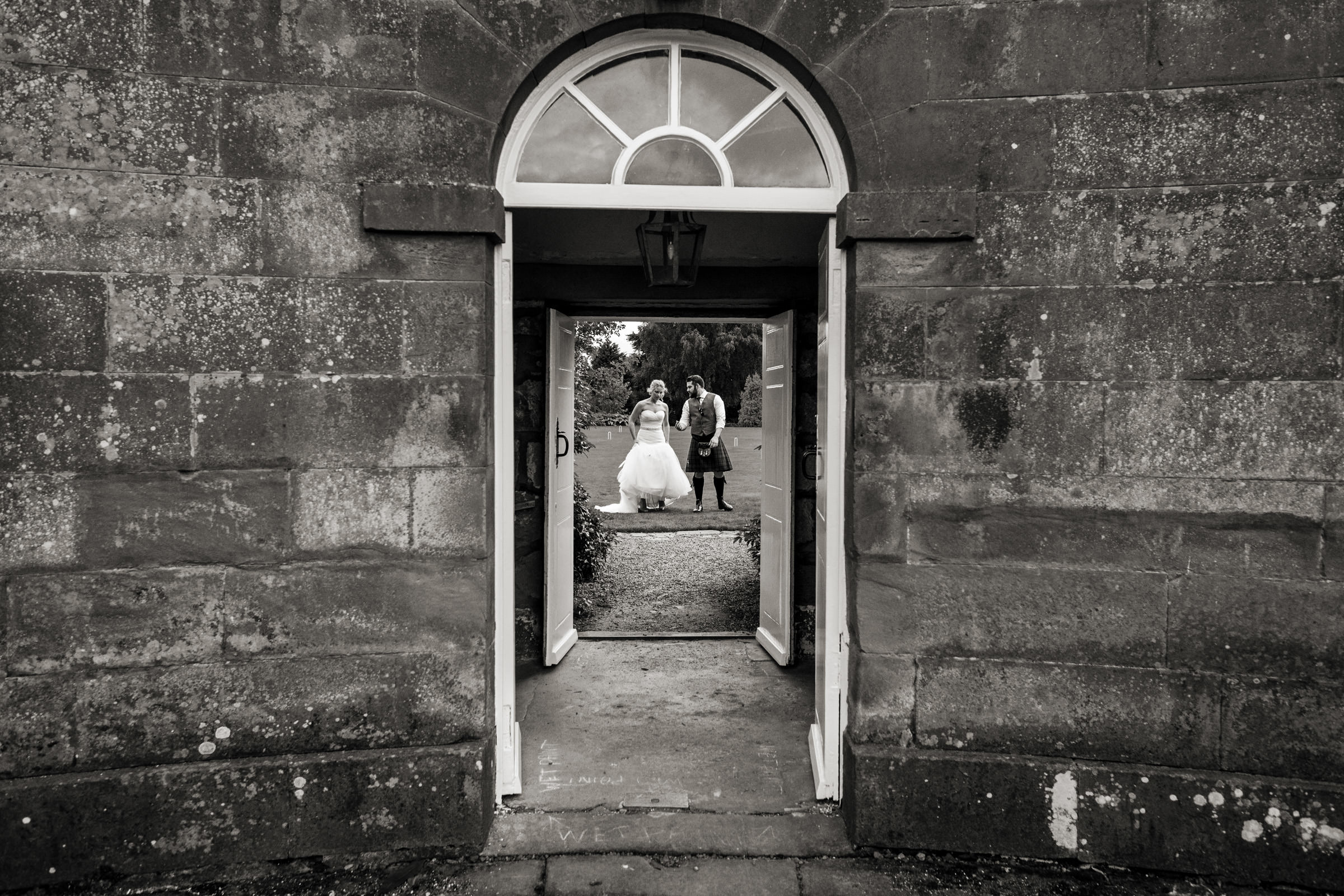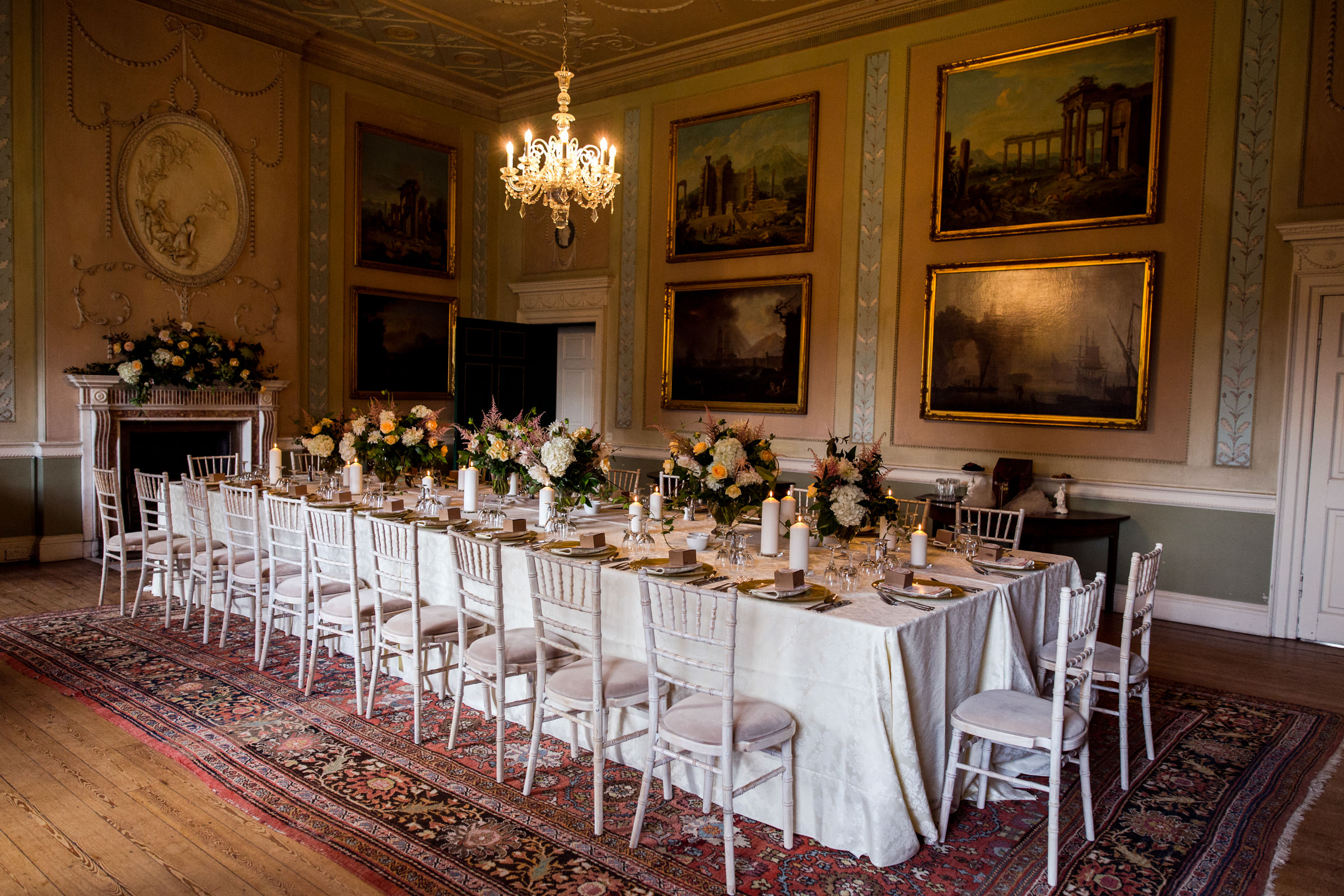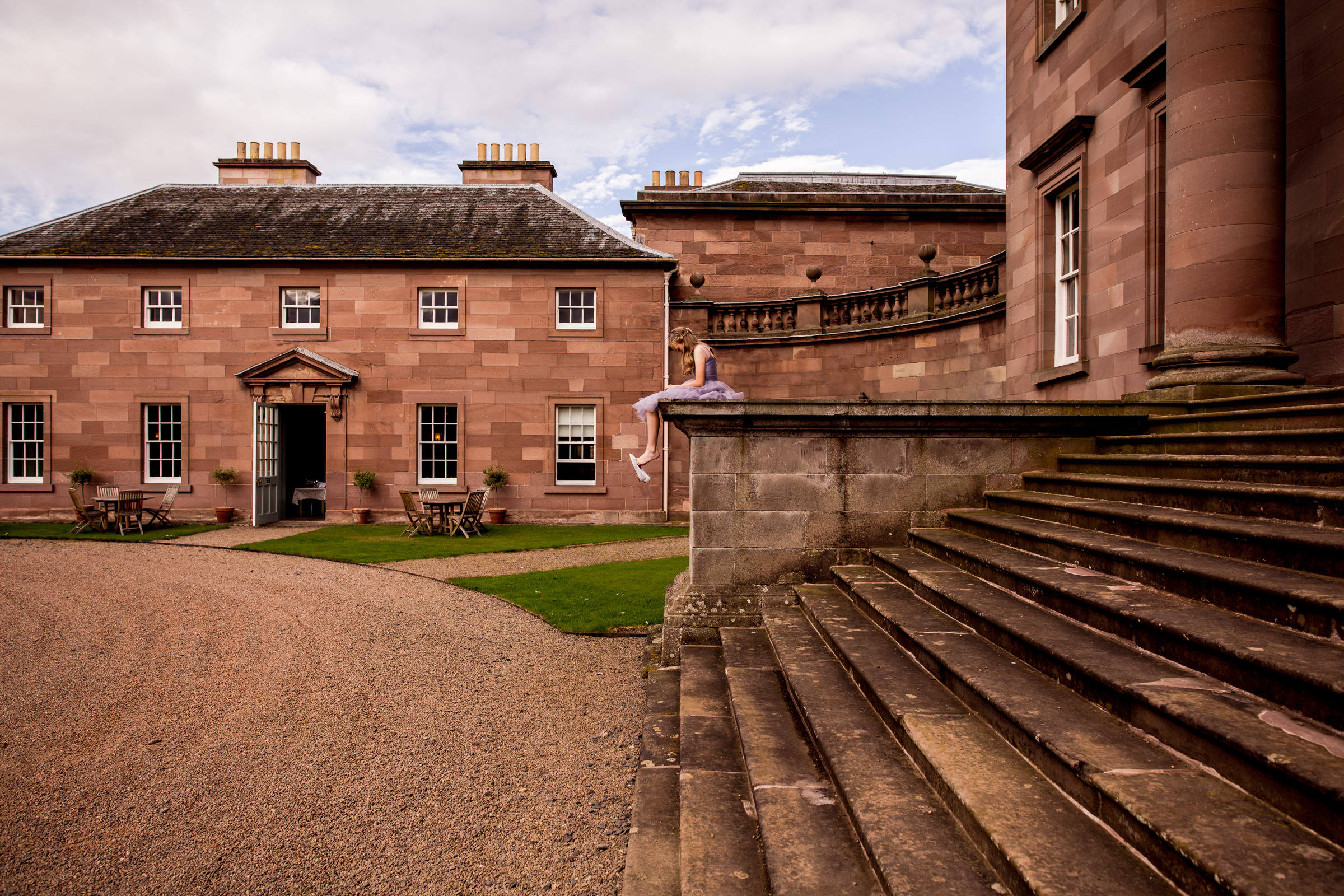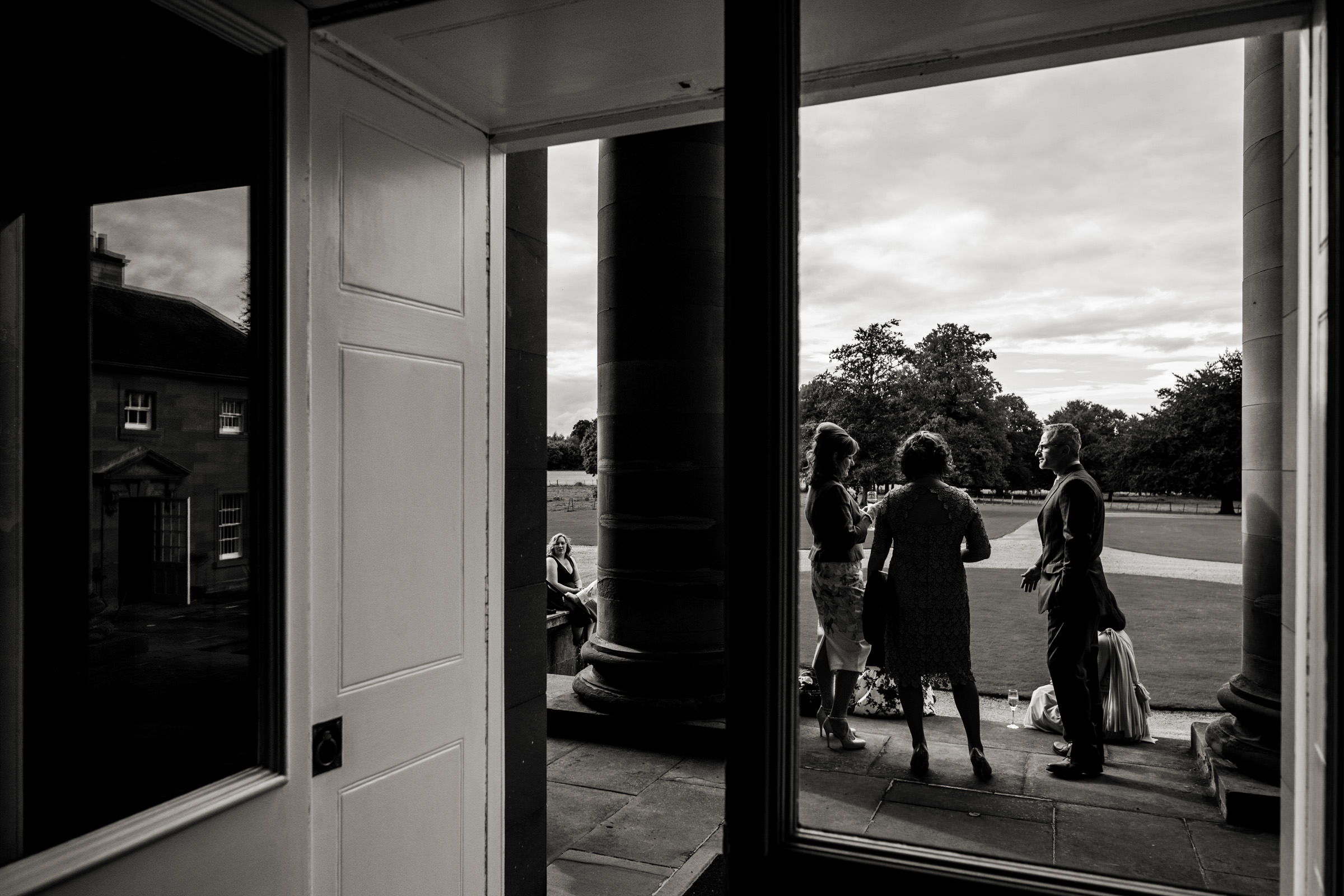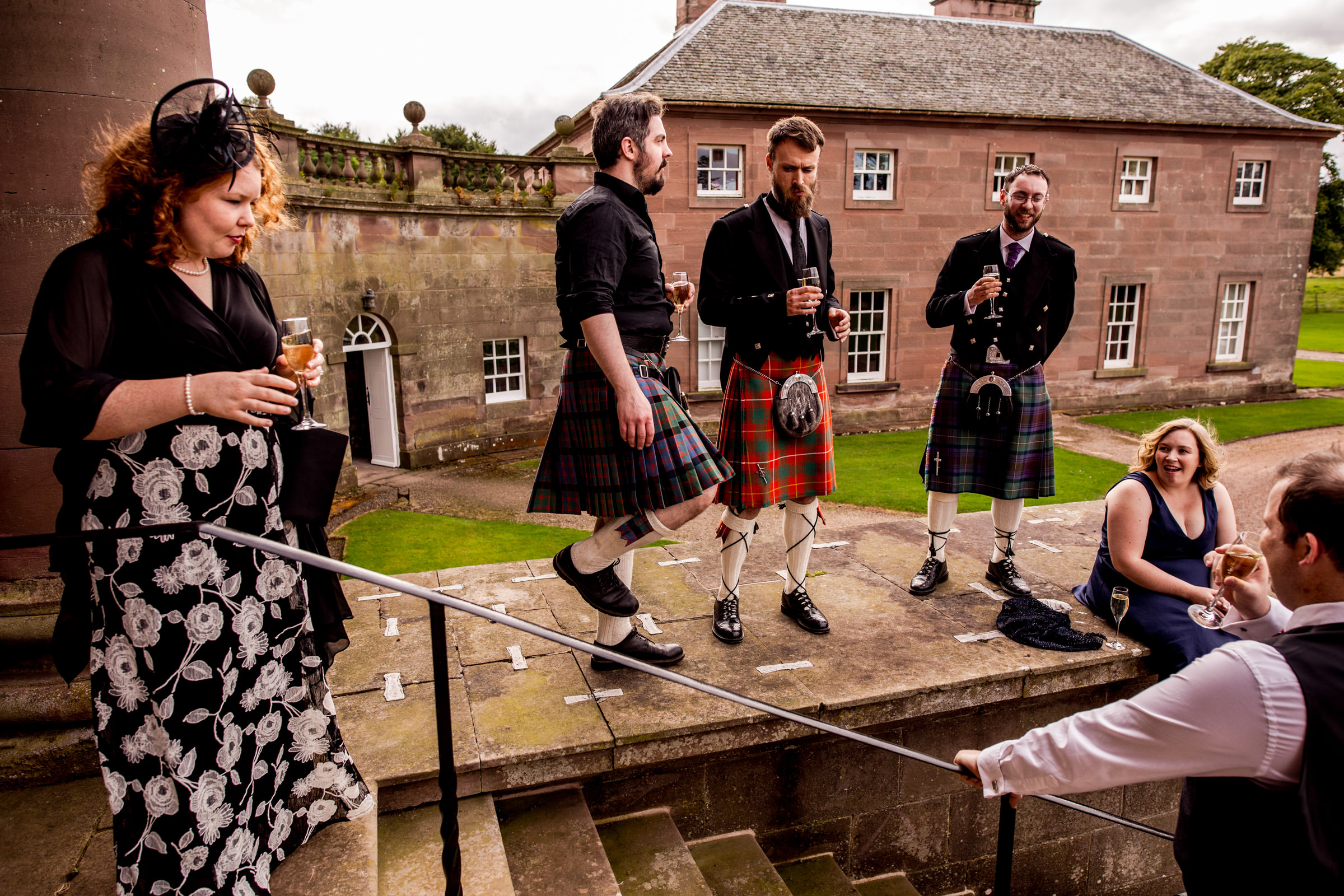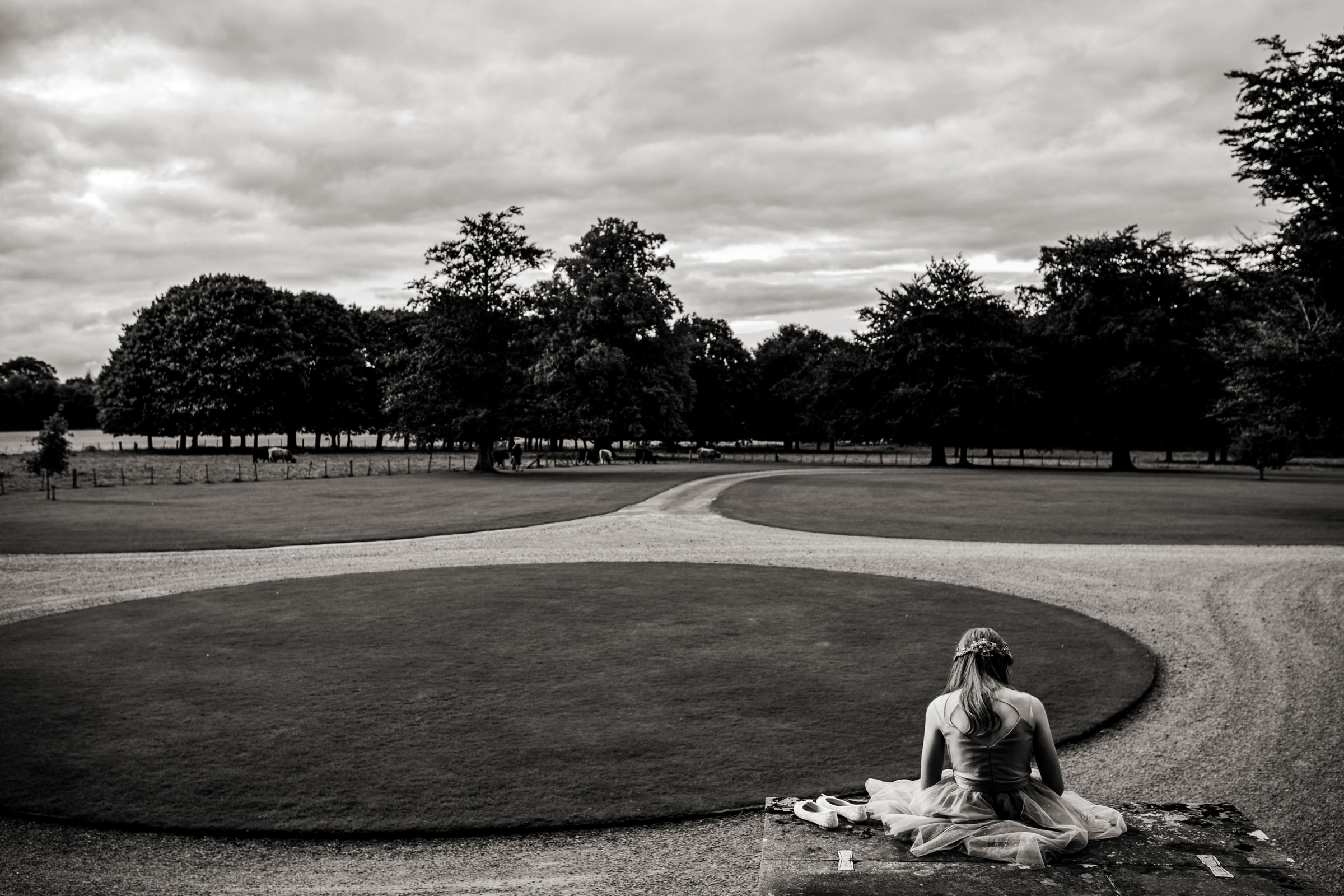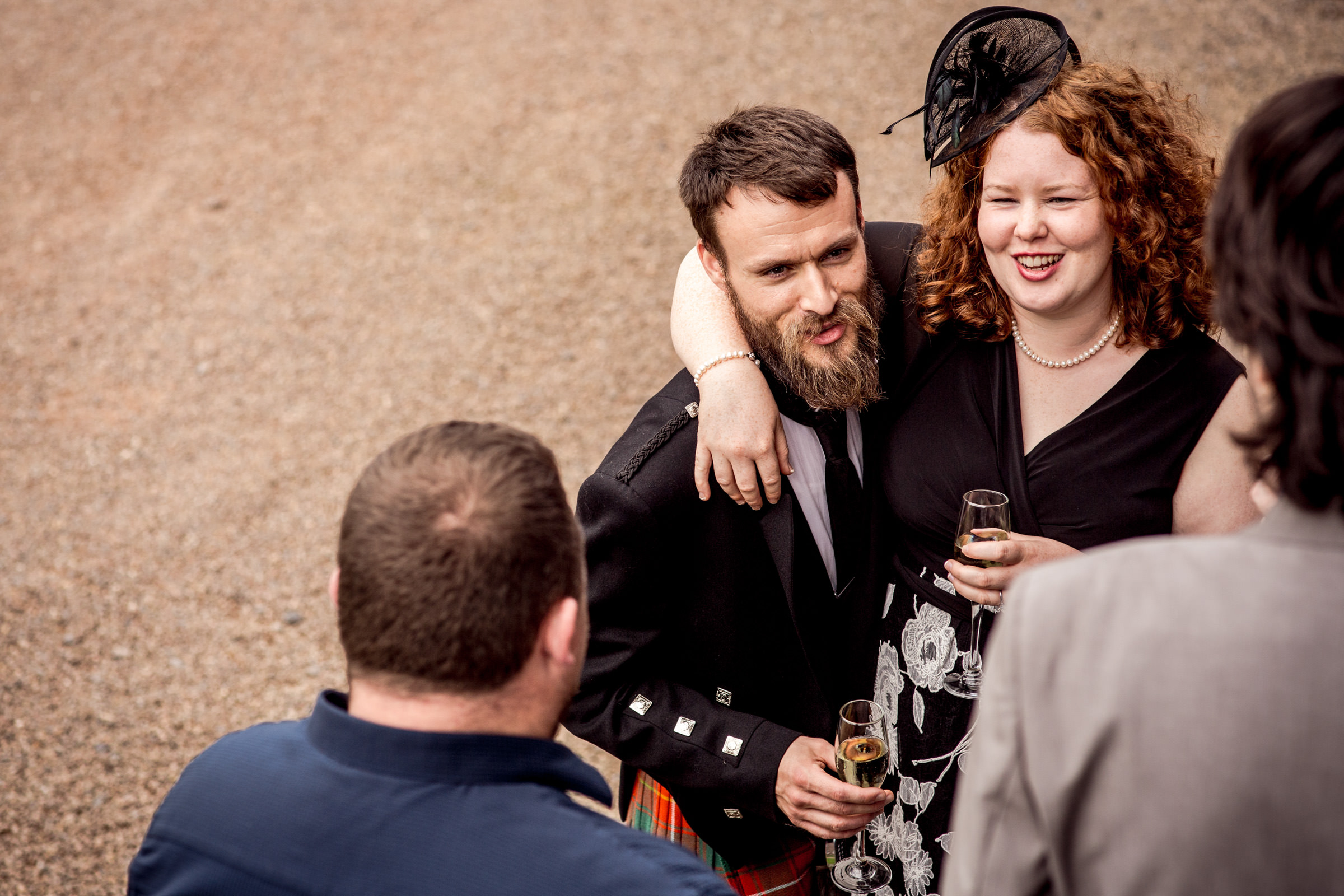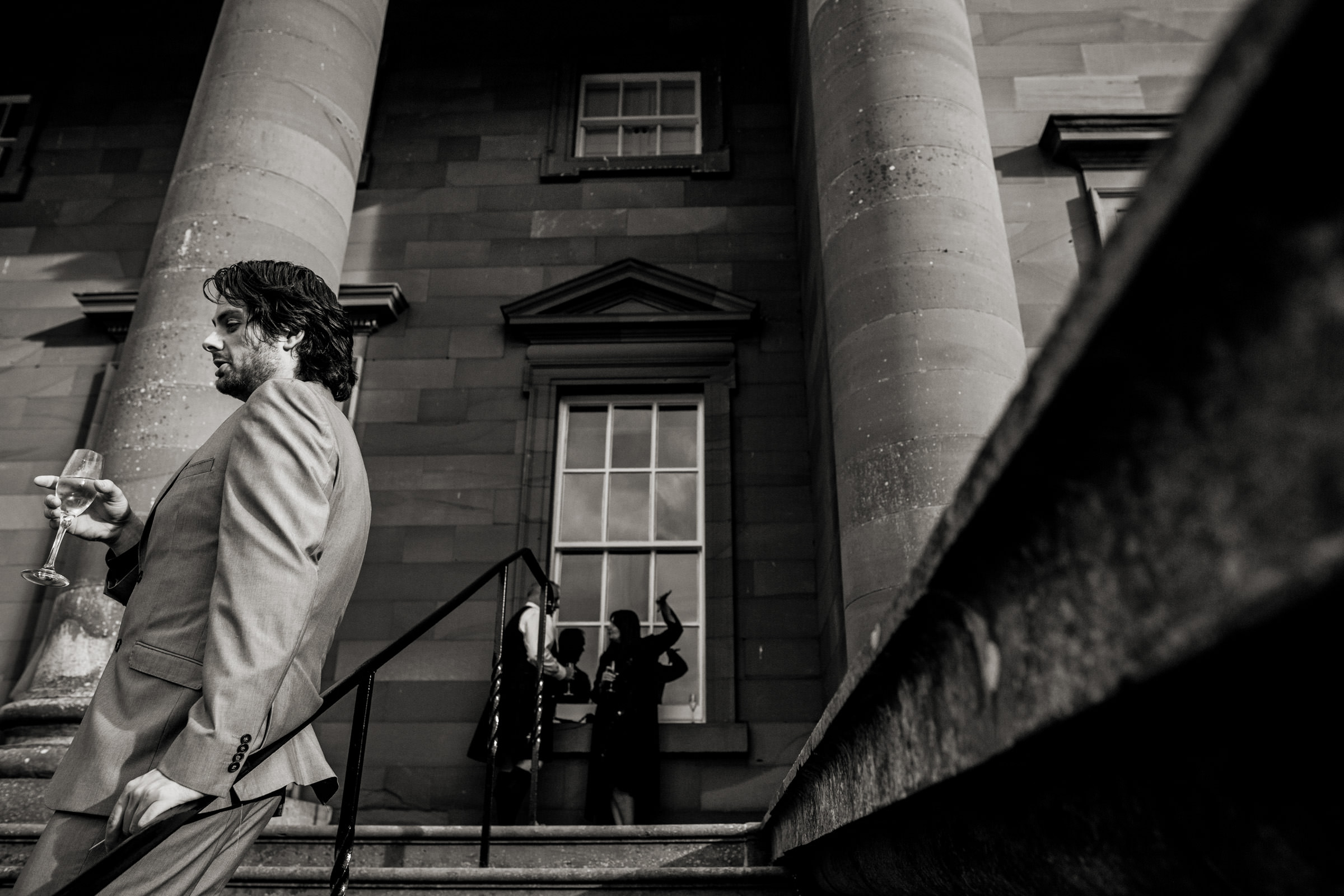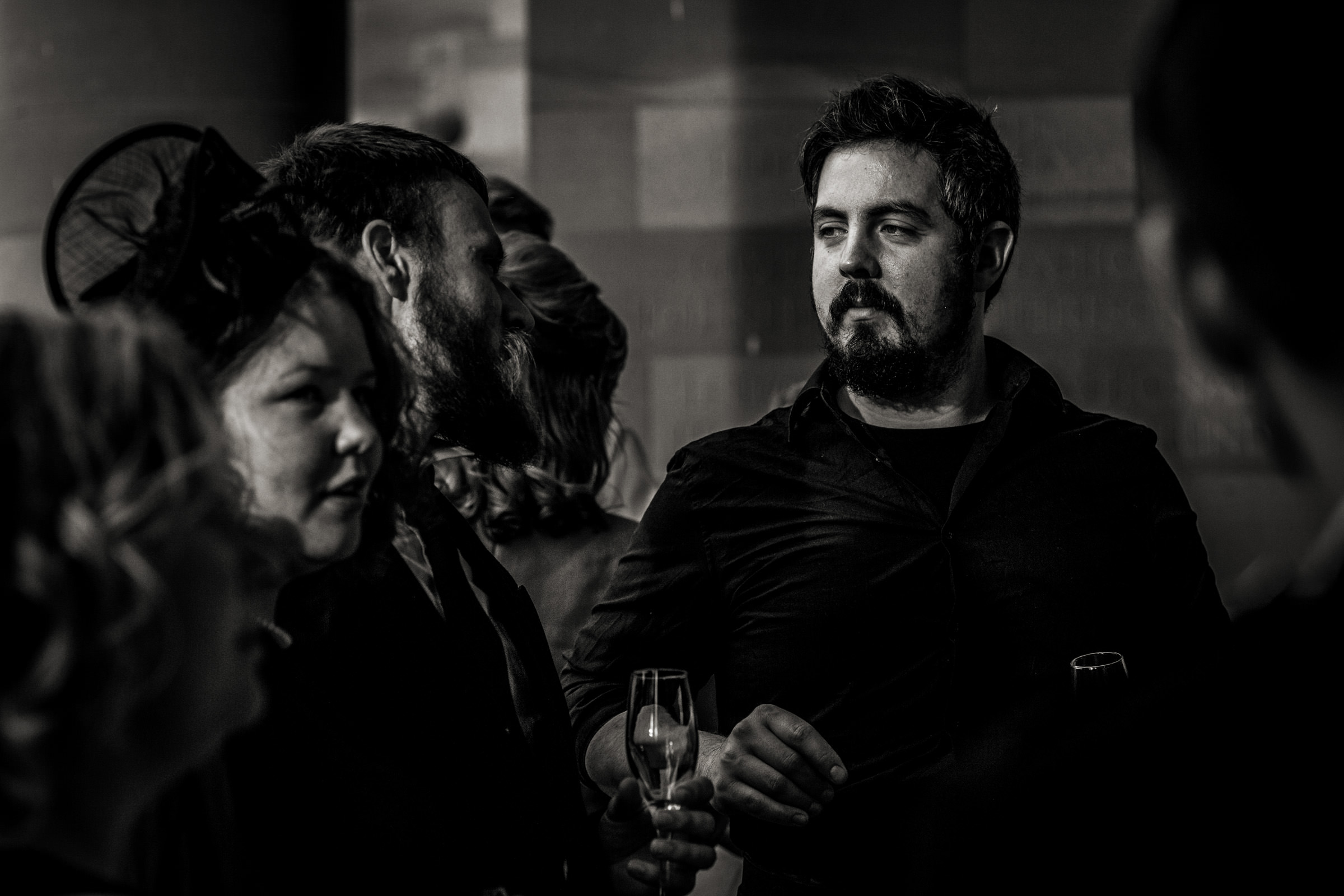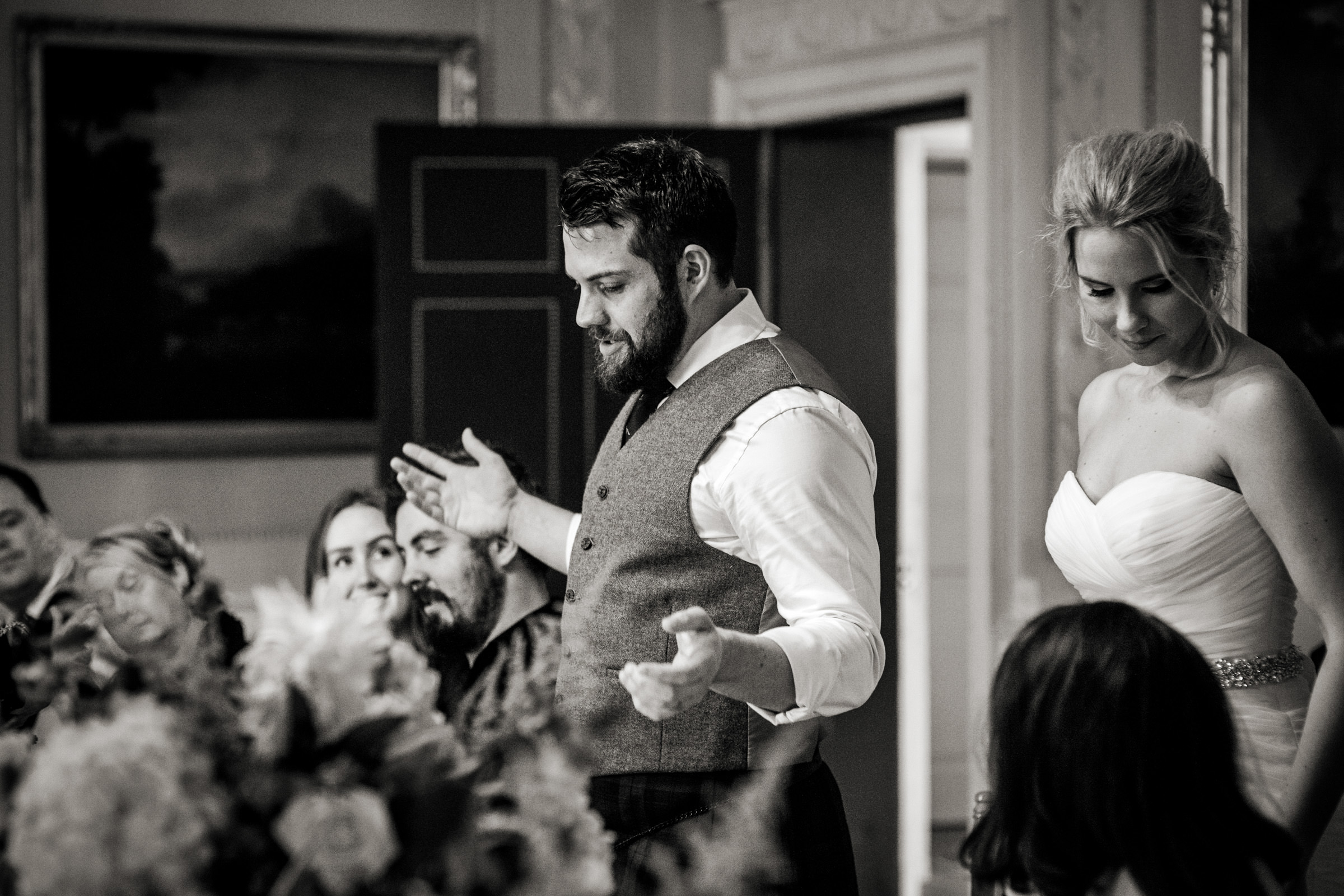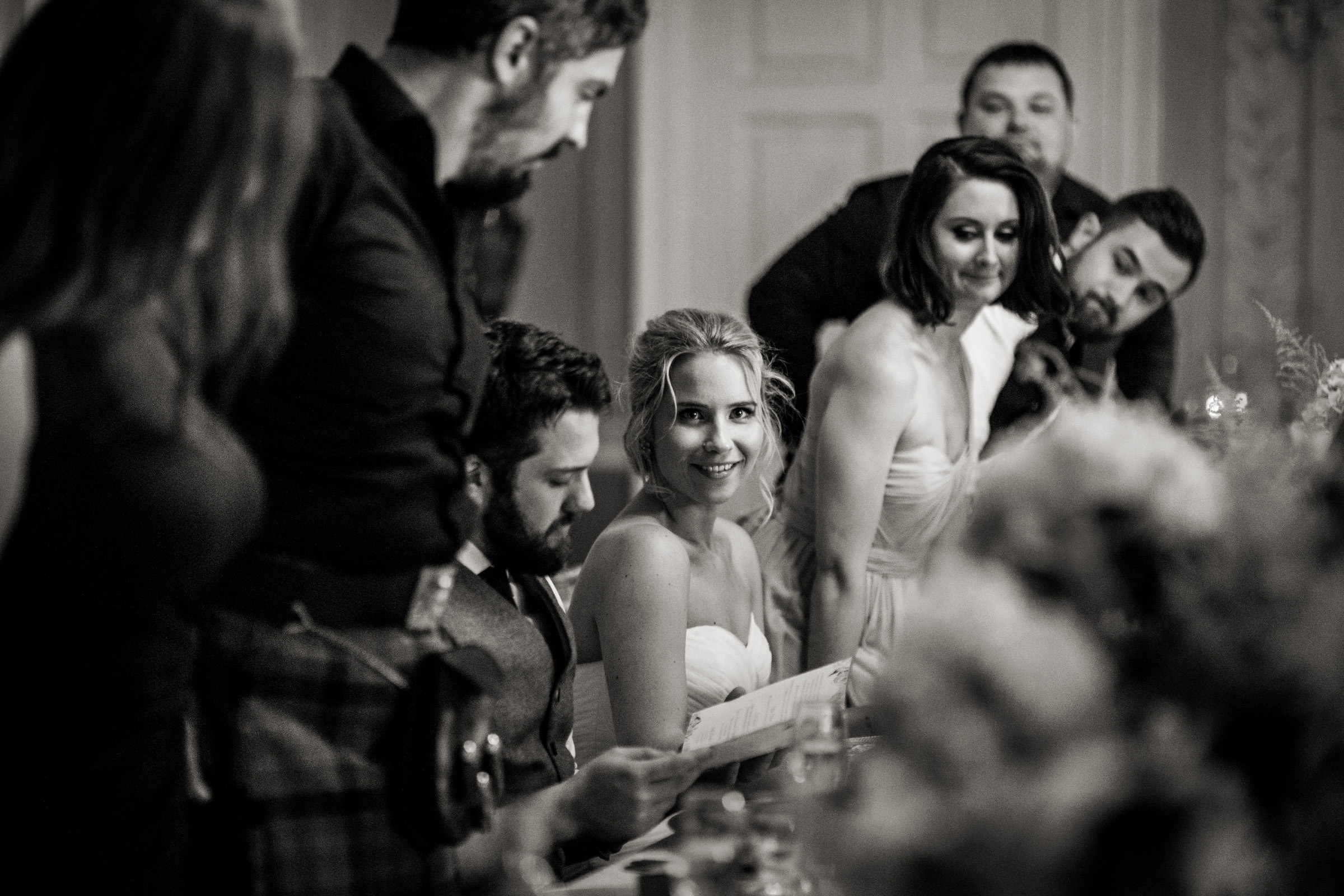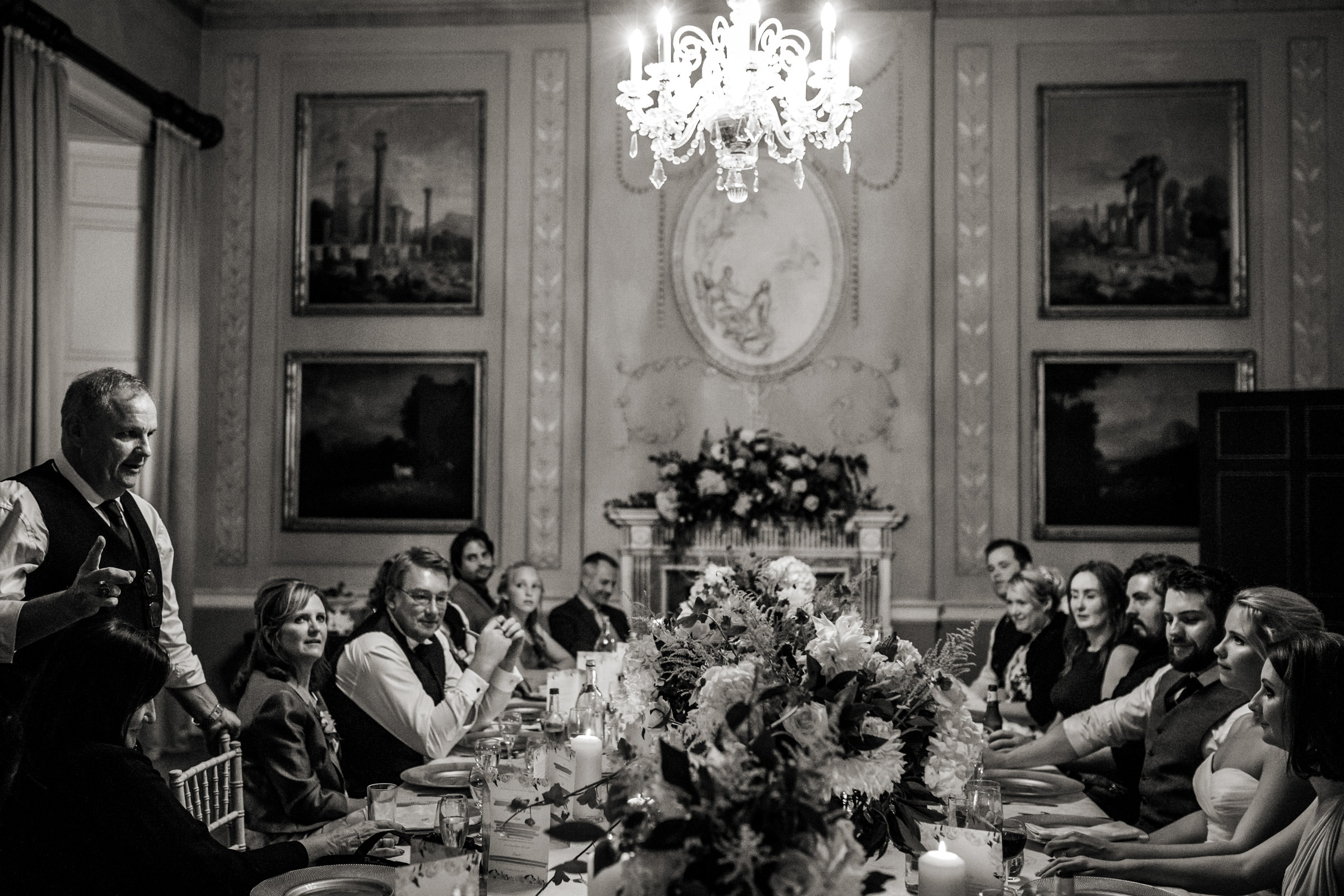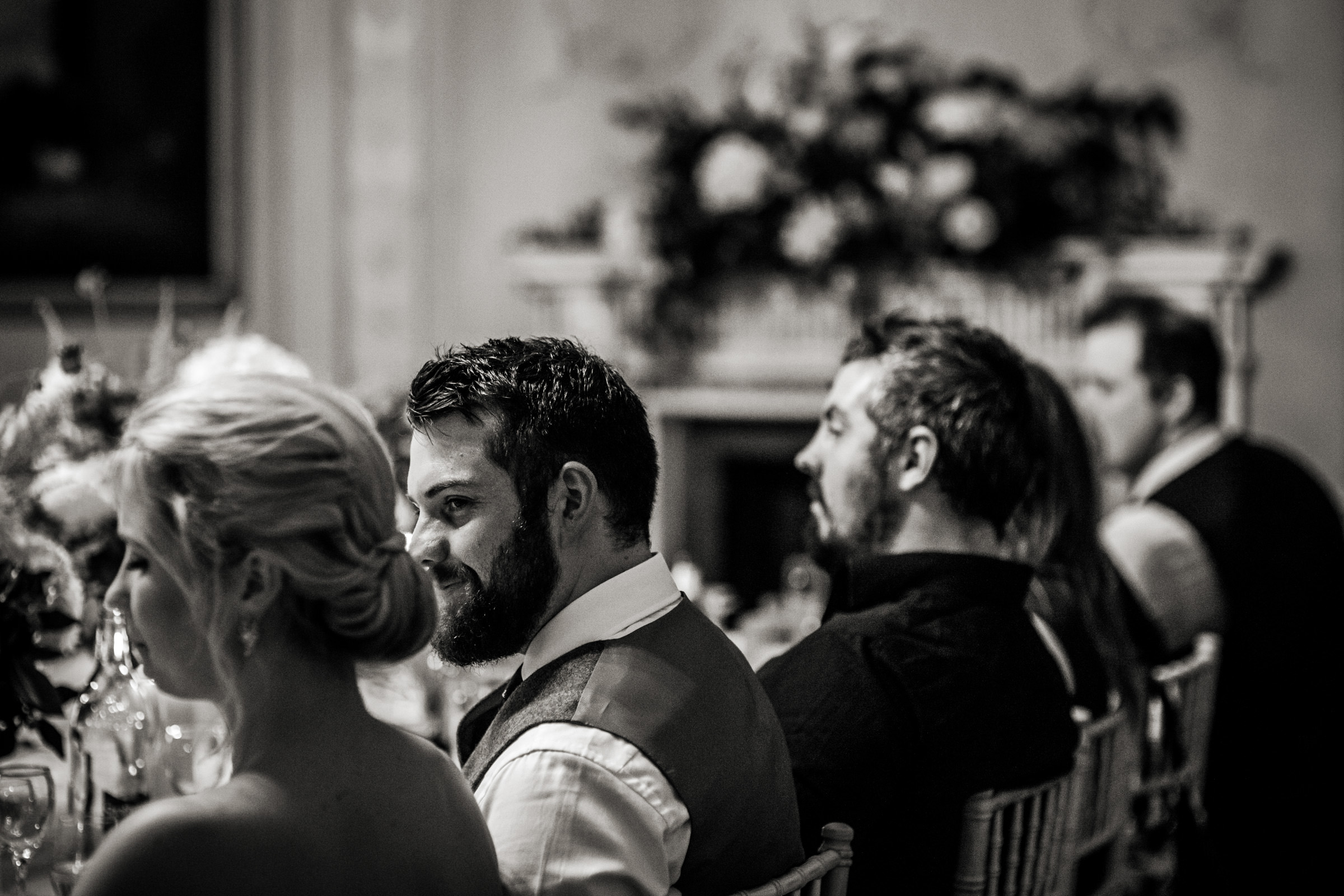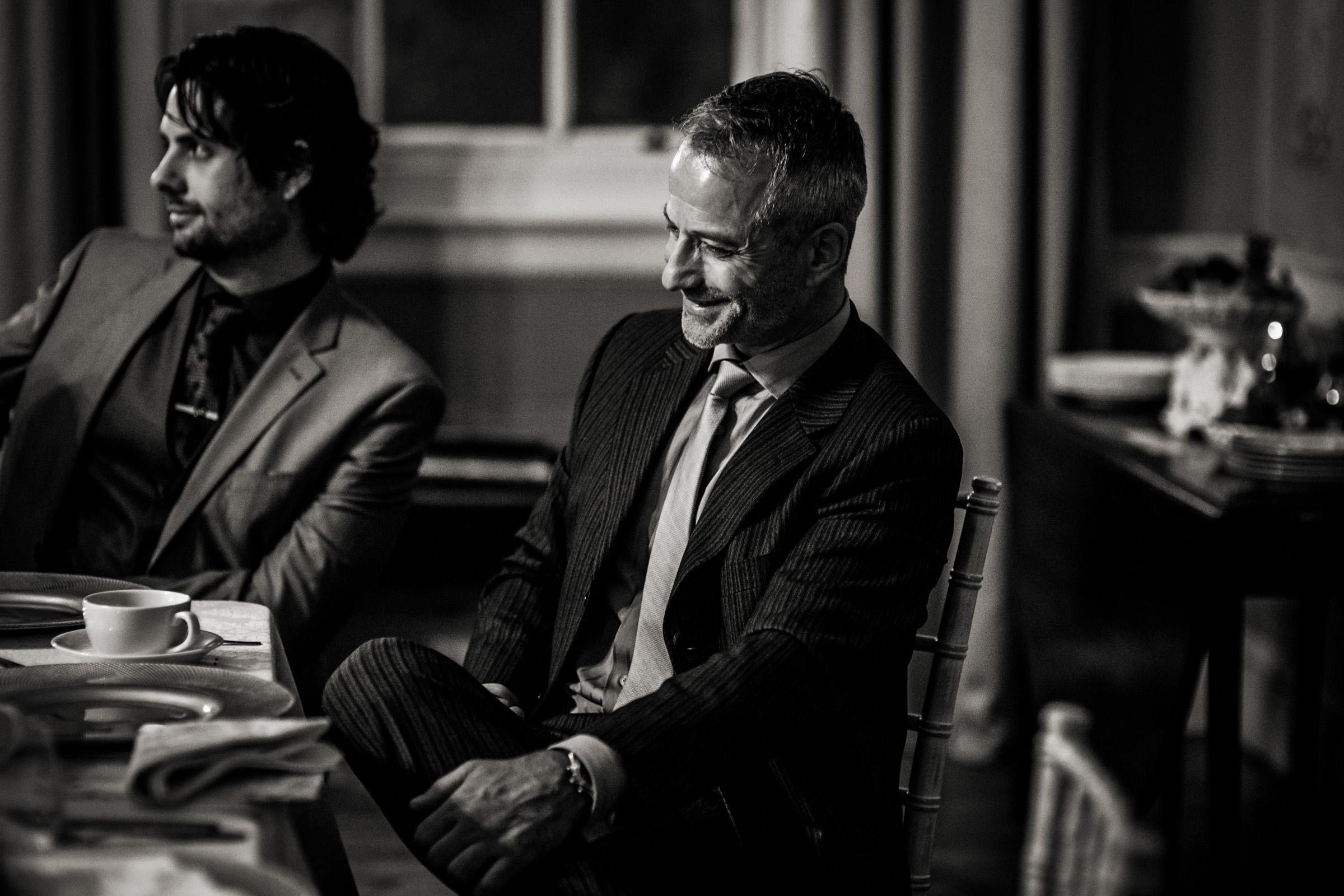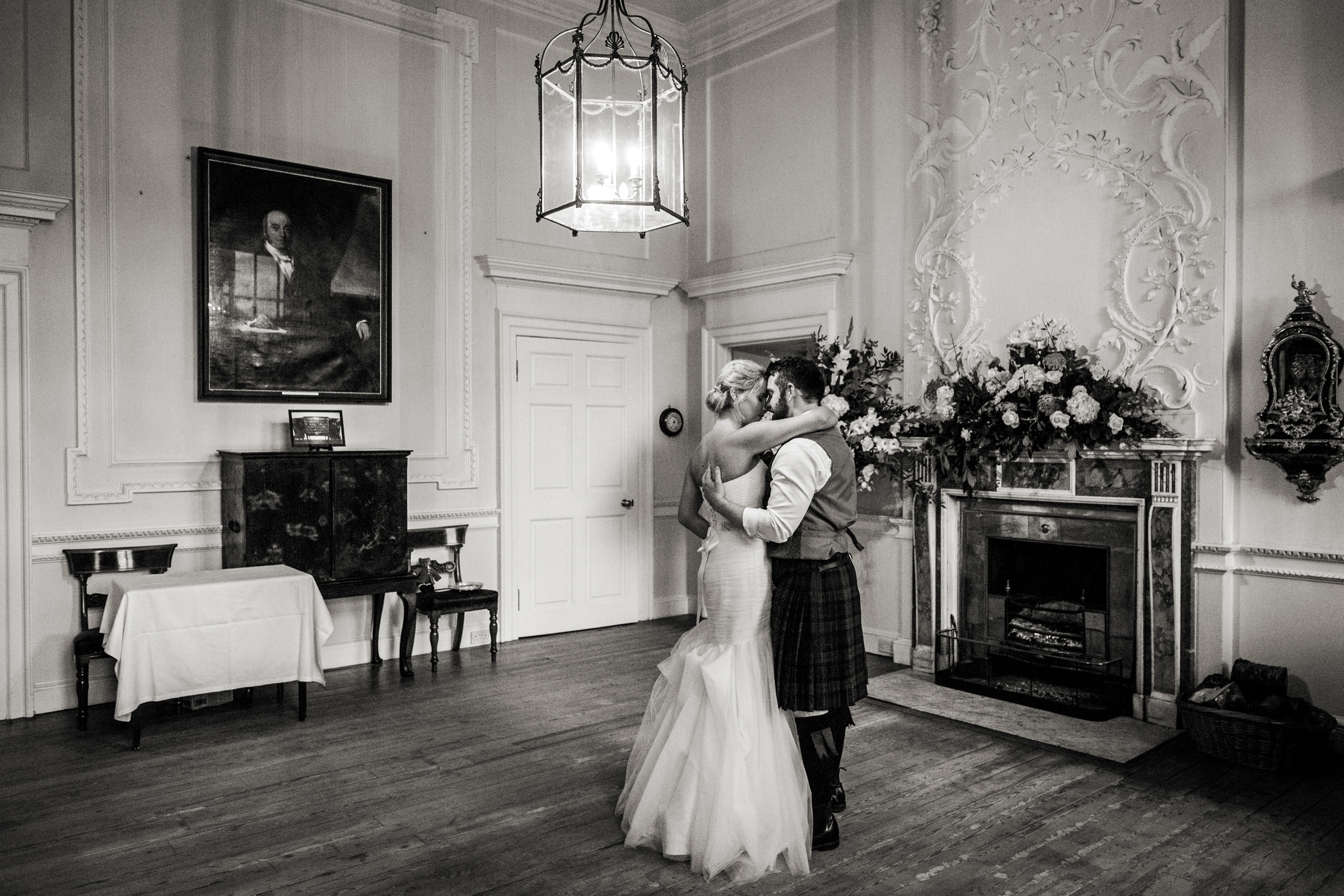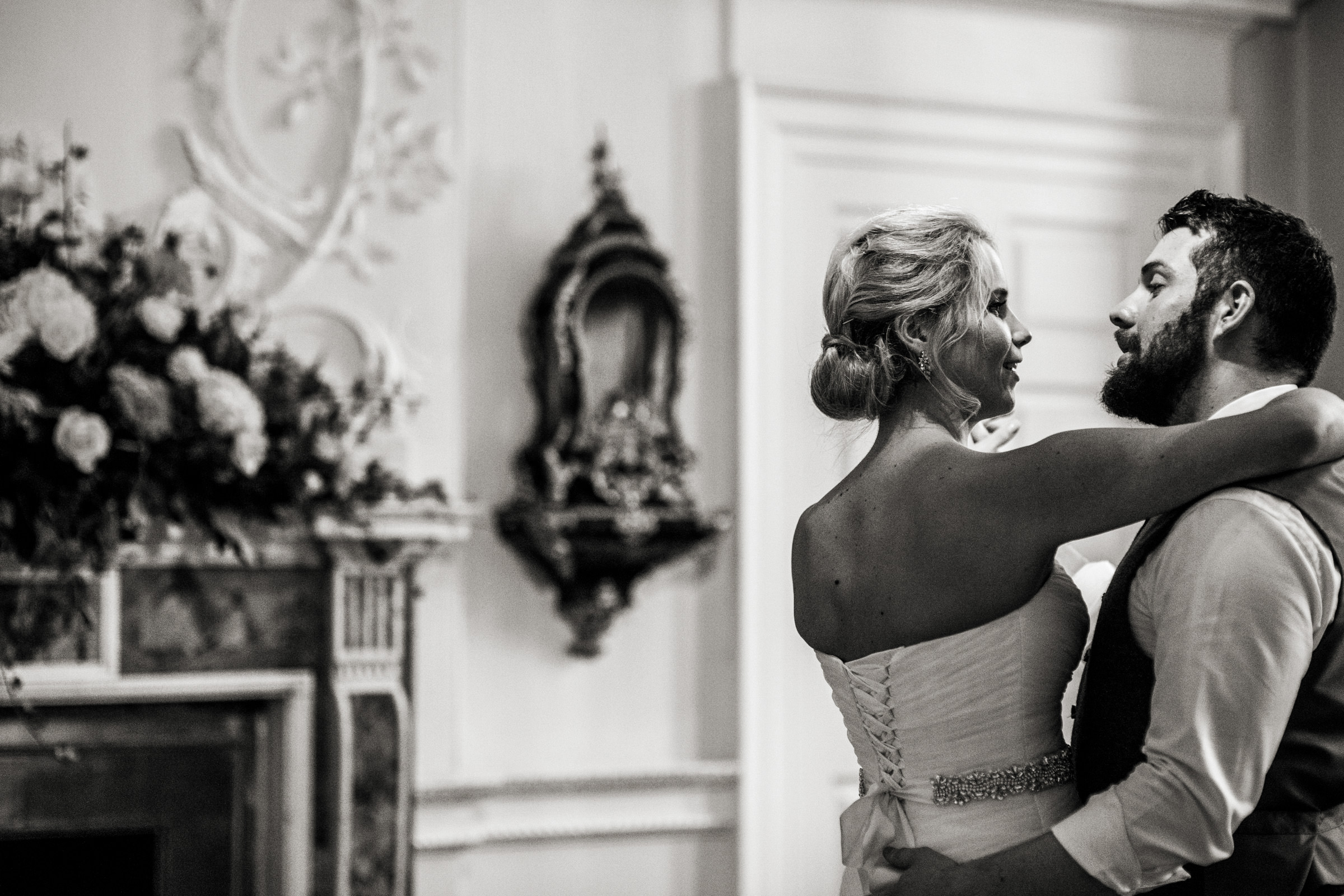Delighted to have recently been featured on Shotkit - a site that discusses the kit used by wedding photographers across the globe.
I started the business on a Rolleiflex 6008 medium format film camera
– a very slow camera to use but the results were stunning – manual focus, handheld metering, even a polaroid back!
I’m Allister, a Wiltshire wedding photographer working across the UK. I’ve been shooting weddings in a natural style since 2004. After a few years of creating photography that I really hated, I turned my attention to working in a photography style that I truly believed in.
During my career, I’ve shot with all of the main cameras manufactures. I have no brand loyalty and choose the most appropriate tool for my approach. At the moment, that’s the Sony mirrorless system, mainly because of the weight, high ISO capability, and decent auto-focus.
Fairly quickly, I sold a load of film gear to go digital and began creating wedding photography on the Canon 1D series, it was massive! After around 6 months of lugging this huge camera around, I switched to the Canon 5D series and, on and off over the last 15 or so years, have worked with all marks of the 5D.
They’re an amazing camera. However, by the time the Canon 5D Mark IV came out, there were just so many decent mirrorless options, and for a fraction of the price. I dabbled with Fuji for a season, then fully migrated to Sony.
I’ve been shooting on two Sony A7 III cameras for the last couple of years now, they’re amazing – light, quick, and extremely capable right across the board. There’s not really much to fault them on other than the ergonomics take a little getting used to, especially coming from Canon.










